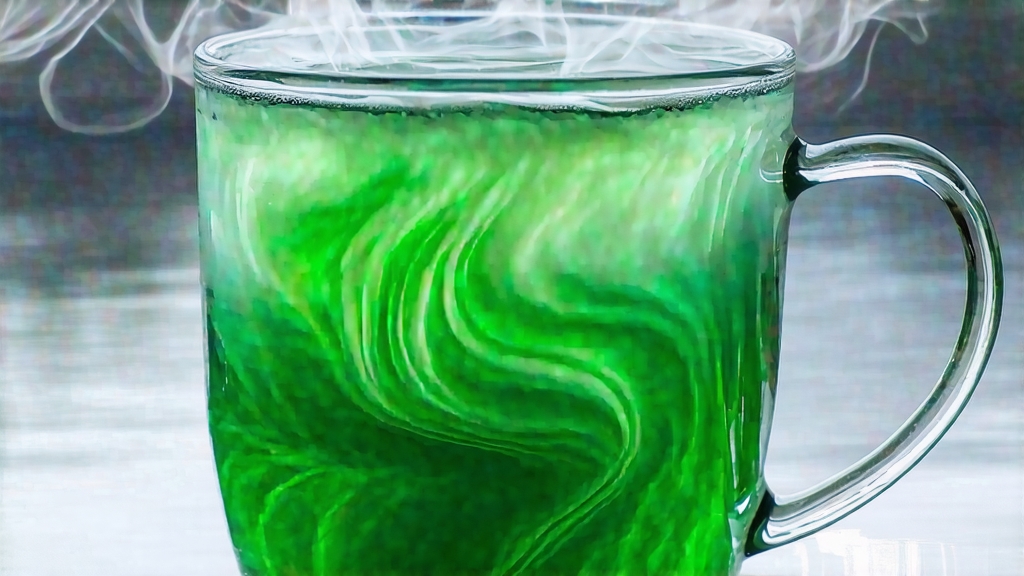
Biluochun, whose name translates literally to “Green Snail Spring,” is one of China’s ten most celebrated teas, yet it remains a quiet treasure beyond the circles of Chinese tea aficionados. Produced exclusively in the mist-lapped hills that rim eastern Taihu Lake in Jiangsu Province, this emerald-green, spiral-shaped green tea carries within its tiny curls more than a thousand years of recorded history, a kaleidoscope of sensory nuance, and a craft tradition so delicate that a single batch can demand 60,000 hand-picked buds to yield barely 500 g of finished leaf. For international drinkers seeking an introduction to the gentler, more aromatic side of Chinese green tea, Biluochun offers a perfect portal: it is simultaneously approachable and endlessly complex, forgiving for beginners yet captivating for veterans.
Historical roots
The first reliable mention appears in the Tang Dynasty (618-907) classic “Tea Classic” by Lu Yu, who lists a tea called “Xia Sha Ren Xiang” (Astounding Fragrance) from the Dongting mountain region. By the late Song Dynasty, when the imperial court moved southward toward the Yangtze delta, the tea had already gained tribute status. The name “Biluochun” itself was supposedly conferred by the Kangxi Emperor (r. 1661-1722) during an inspection tour of the south; struck by the tiny spiral shapes and the unusually intense aroma, he replaced the earlier, rustic name with the more elegant moniker we use today. Local lore adds color: monks on Dongting’s East and West mountains once planted tea bushes among peach, plum, and apricot trees to mask the fragrance from potential thieves; the interplanting accidentally intensified the tea’s floral bouquet, a trait still prized.
Micro-terroir: why Taihu matters
Taihu, China’s third-largest freshwater lake, acts as a gigantic climate regulator. In spring, warm daytime lake air meets cool mountain downdrafts, creating a 70–80 % relative humidity that slows leaf growth and concentrates amino acids. Frequent mist filters sunlight into soft, diffused rays, prompting the plant to generate more chlorophyll and fragrant volatiles. The soil is a friable, slightly acidic sandy loam rich in magnesium and potassium—ideal for the small-leaf cultivars that give Biluochun its trademark tenderness. Within the two core mountains—Dongting East and Dongting West—elevation ranges only from 100 m to 300 m, yet micro-valleys and alternating granite outcrops fragment the landscape into hundreds of tiny terroirs. Connoisseurs speak of “qian cha” (front tea) from south-facing slopes that captures morning sun, and “hou cha” (back tea) from cooler northern pockets, each expressing different balance of sweetness, umami, and aroma.
Cultivars and grades
Although the region now experiments with hardy Fuding Da Bai or Longjing #43 cuttings, traditional Biluochun is crafted from a local landrace known only as “Dongting Qunti Zhong,” a shrub-type Camellia sinensis var. sinensis that keeps diminutive leaves and an unusually high bud-to-leaf ratio. Grading follows both plucking standard and firing precision:
- Special Grade (Te Ji): one bud only, picked before the Qingming festival, length ≤1.5 cm, 6–7 tippy curls per gram.
- Grade I: one bud and one unfolded leaf, Qingming to Grain Rain.
- Grade II: one bud and two leaves, still curled but slightly larger.
Below Grade II the leaf is sold simply as “Taihu green,” no longer entitled to the Biluochun name. Top lots are judged by the famous “three abundances”: abundant white tips (hao), abundant fruit-floral aroma (guo xiang), and abundant downy sweetness (gan).
Plucking ritual
Work begins at dawn when the mercury hovers around 10 °C; low temperature keeps buds taut and slows enzymatic oxidation. Pickers—predominantly women who have inherited fingertip techniques from their mothers—use a “twist-and-snap” motion that removes the bud without squeezing sap, dropping it into a shallow bamboo creel lined with fresh nettle leaves to regulate moisture. The golden rule is “pick today, fire tonight”; buds wait no more than six hours before entering the wok.
Crafting the spiral: a six-step choreography
- Withering (wei diao): the buds are spread 2 cm thick on bamboo